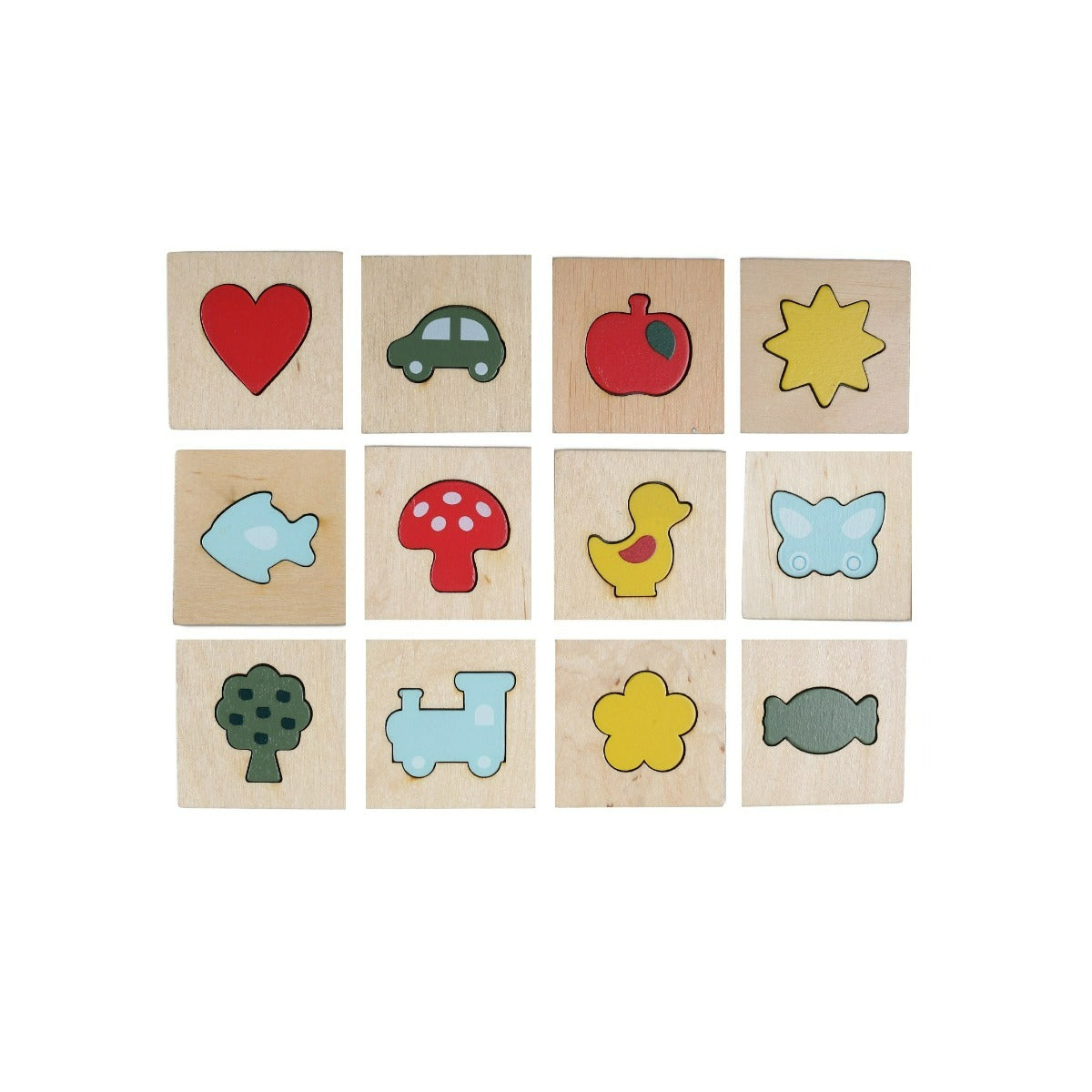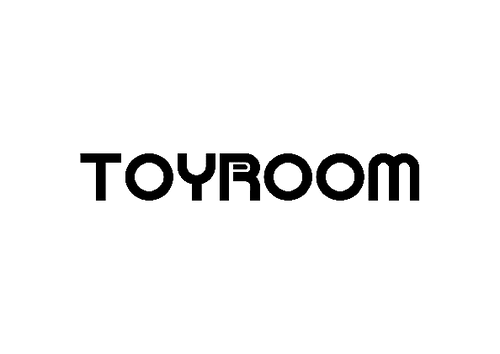Welcoming a baby into the world, and our lives, is a transformative event. Unfortunately it often brings on a flurry of consumption. We are presented with a plethora of choices from clothing to books, furniture to toys, bathing accessories to feeding accessories. As an inexperienced parent one does try to break through the clutter. Only time and experience tell us what was superfluous and what was actually required.
We may have been mindful of our own consumption in the past. However it’s a big temptation to throw those ideals out the window in the daze of sleep deficit and the piling mounds of laundry that motherhood brings. Isn’t it just easier to go for easy disposable diapers that choose cloth diapering? Or just accept the busy electronic toys that the family is bringing with all their love than educate them on the idea of “less is more” in this case? Paradoxically, parents are often truly concerned about the planet that they now envisage their child growing on and hence would like to be more mindful.
Mindful consumption means being aware that every time we make a consumption choice we may be furthering a set of practices that may possibly be harmful to the environment, involve cruelty to animals, or promote unfair labour practices. Instead, as a mindful consumer, we make choices that are gentle on the Earth and everyone involved.
Luckily there are many businesses out there, who have made it a point to provide some mindful and convenient choices to parents who would like to consume with consideration.
Here are a few things to consider:
Contemplate the lifecycle of the product
The first step to mindful consumption is to consider where the product came from, what it contains and how was it made? If the product contains chemicals or things that are harmful to the planet, isn’t made from sustainable materials or it was made by labour that has been exploited or underpaid then it isn’t something we would like to be a part of.
The other thing is to consider is the kind of waste that was generated in the making of this product or where it will eventually land up. Once we have used something and discard it, will it hurt the environment and load up the landfills? Will it biodegrade by itself? These are the clues to choose whether we consume that product or not.
Consider re-use and sharing
An important aspect is to avoid discarding baby items as they are never really worn out or used thoroughly. Babies keep outgrowing things at a fast pace. Consider storing them for your next baby or if you are sure you don’t need them anymore, think about passing gently used items to friends, sell at pre-loved sites or donate. It’s also a good idea to buy from pre-loved stores than an outright new purchase, based on your comfort level. Some folks may be okay to do that with toys and books but not clothes.
Say yes to heirloom toys
Consider carefully, before buying battery operated, plastic toys that will soon end up in landfills. Instead look for wooden toys, made sustainably, that will not only be used by all the children in a family but even across generations. Toys such as a wooden doll house, wooden trains or a wooden kitchen set can be in family for many years.
As the native American proverb says, “We do not inherit the Earth from our ancestors; we borrow it from our children”. Thus we are the custodians that need to make mindful choices for the sake of our children.


